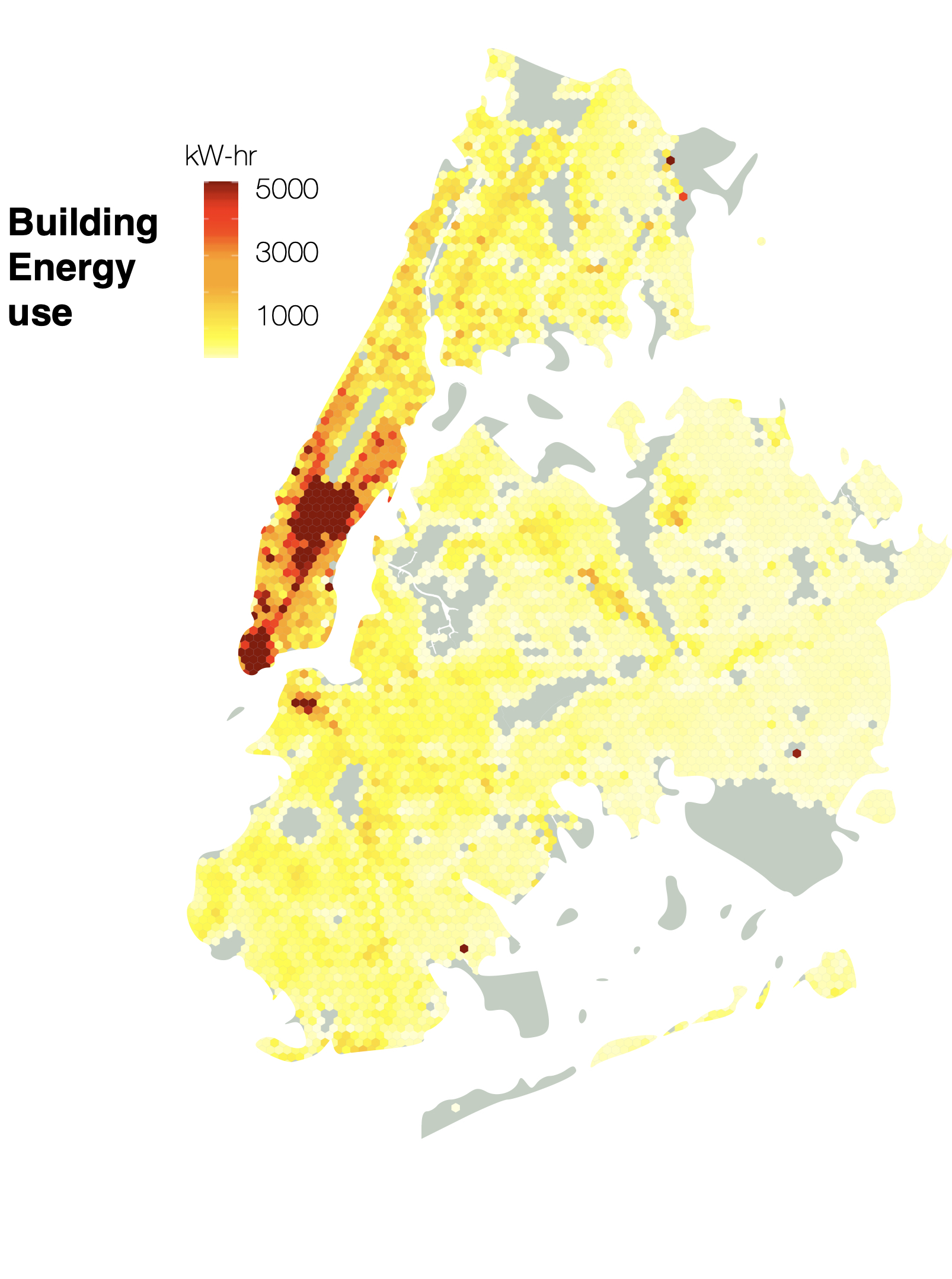Urban Air Quality

Building Energy

Modeling/
Current weather forecast produced by The National Weather Service does not include representation for urban scale processes. Hence the outcomes are often unreliable raising false alarms during extreme weather days which results in substantial economic losses. In the future, as the computing power progresses, the next generation of National Weather Service's forecast models will be expected to resolve urban and coastal-urban areas in much detail. Our lab develops representation for urban climate processes in weather and climate models. These include addressing issues related to surface heterogeneity, impact of variable roughness, and anthropogenic activity, in addition to turbulent transport parameterizations.
Meteorology & Air Quality: One of the current areas we are working on is integrating urban parameterization in to WRF-CHem. This will allow us to do high-resolution forecast of key air quality variables as well as natively resolving cloud physiocs and chemistry. The figure shows our development of urban parameterization in WRF-Chem. The urbanized version is able to reproduce the urban heat island and urban boundary layer characteristics, including the sea breeze effect much more accurately. The city also influences the suburban regions which is not reproduced without the urban parameterization.
Building Energy: We actively add representation for various urban processes and humanize the numerical models. Here in we coupled the building energy model with an urban climate model to study building level emissions of heat. The model can predict relaistic air conditioning usage for cities. Various parameterizations related to A/C efficiency and type can be independently represented. In addition to heat, the model can also predict water emitted by these anthropogenic systems.